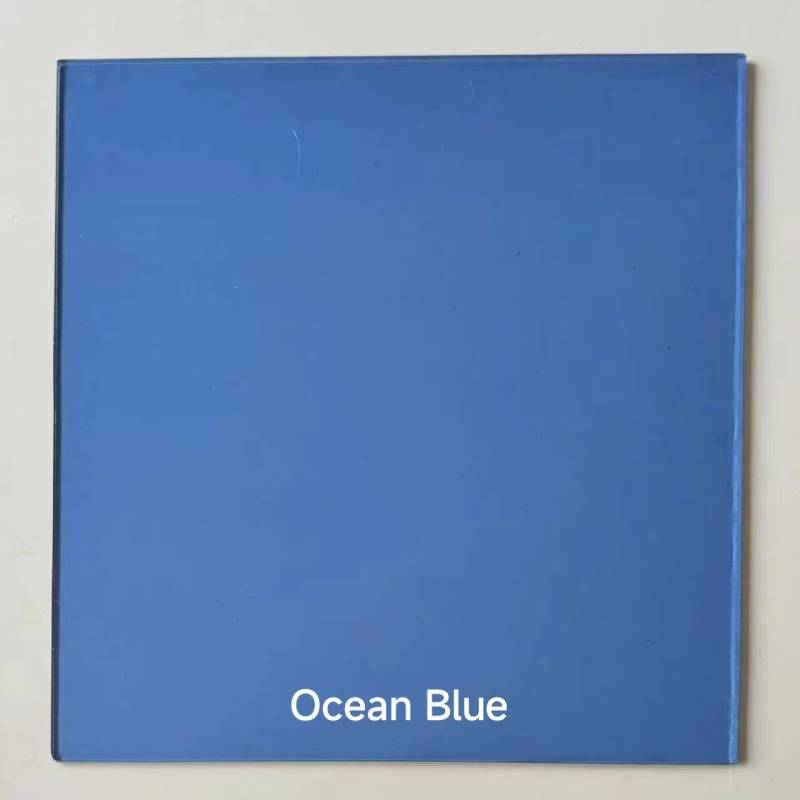

The Cost of Glass A Comprehensive Look at Pricing Factors and Market Trends
Glass is an indispensable material in modern society, used in everything from windows and doors to packaging and decorative items. Despite its ubiquity, the cost of glass can vary significantly based on a multitude of factors, including material type, manufacturing processes, regional differences, and market demand. Understanding these factors can help consumers and businesses alike make informed decisions regarding glass purchases.
Material Types and Their Impact on Cost
The type of glass chosen plays a crucial role in determining its price. For example, standard float glass is generally more affordable compared to specialized types like tempered glass, laminated glass, or low-emissivity (Low-E) glass. Tempered glass, which undergoes a heating and cooling process to enhance its strength, is more expensive due to the additional manufacturing steps and safety benefits it provides. Likewise, laminated glass, composed of two or more layers with a bonding interlayer, offers superior safety and sound insulation but comes at a higher price point.
Innovative glass types, such as smart glass or self-cleaning glass, utilize advanced technologies that not only increase functionality but also their cost. As these specialized glass products gain popularity, understanding their pricing dynamics becomes increasingly important for consumers.
Manufacturing Processes
The production methods used in glass manufacturing significantly influence its cost. Traditional glass-making involves melting silica sand, soda ash, and limestone at high temperatures, followed by forming and annealing processes. However, modern manufacturing techniques, such as float glass production or the use of automated machinery, can lead to economies of scale that reduce labor costs and waste, thereby lowering overall prices.
Additionally, the energy required for glass production is substantial; fluctuations in energy prices can directly impact glass costs. The industry is also under pressure to adopt more sustainable practices, which may initially drive up costs but could result in savings in the long run as efficiency improves.

Regional Differences
Geography also plays a pivotal role in the cost of glass. Transportation costs can vary significantly based on location, and importing glass from overseas can add extra expenses due to shipping and tariffs. Regions with abundant raw materials or proximity to manufacturing facilities tend to enjoy lower glass prices. Conversely, areas lacking local production facilities may see inflated costs due to reliance on imports.
Furthermore, regional market demands can cause price variations. In areas experiencing construction booms, the demand for glass can drive prices up, whereas in regions with declining industries, reduced demand may lead to competitive pricing.
Market Trends and Economic Factors
The glass market is also significantly influenced by broader economic trends. For instance, the construction industry plays a critical role in glass demand; economic downturns can lead to reduced projects and consequently lower glass prices. However, the post-pandemic recovery has seen an increase in construction and renovation projects, propelling up demand and prices for glass products. Additionally, the rising focus on energy-efficient buildings has led to increased interest and prices for low-E glass options, as consumers and builders prioritize sustainability.
Conclusion
In summary, the cost of glass is shaped by an intricate interplay of factors ranging from material types and manufacturing processes to regional differences and market trends. For consumers and businesses looking to purchase glass, being aware of these factors can lead to more informed decisions. As environmental considerations and innovative technologies continue to reshape the glass industry, understanding how these changes affect costs will be crucial in navigating the future of glass products. By staying informed about these dynamics, stakeholders can better position themselves in an ever-evolving market.